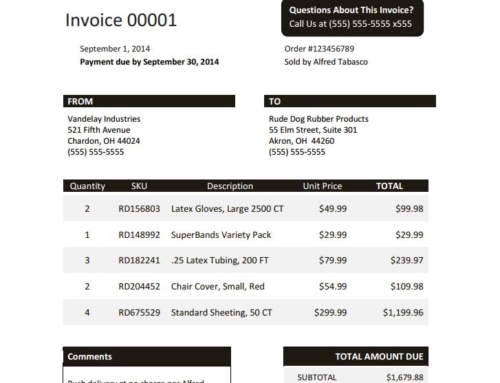Key performance indicators (KPIs) are useful for developing credit and collection plans. But how do you develop Accounts Receivable KPIs and which ones will be the best measurement of your progress in improving business processes? There are many different measurements used in accounts receivable, however, so finding what works for you is the key. From there you can begin to see if your current credit and collections process is working or if you need to start making steps towards improvement.The first step toward developing Accounts Receivable KPIs is to analyze your existing customer accounts and accounts receivable data. Using historical data helps to show an increase or decrease in a particular area of the business then you know which areas you need to target. It is often helpful to involve many members of the team and to look at many years of historical data to get other perspectives and to identify trends. For example, a collection manager may have insight into what tactics work and don’t work for getting customers to pay, or may have a new idea to try. Some popular Accounts Receivable KPIs that are prevalent among most credit departments are:
- Reduction in average days to pay
- Reduction in average outstanding receivables
- Reduction in bad debt / write-offs
- Reduction in days sales outstanding (DSO)
Many companies focus on other target Accounts Receivable KPIs once these more common targets have been optimized. More advanced KPIs may require development of custom reporting, inquiries, or information from a credit and collections management system in order to further define KPIs. Some additional Accounts Receivable KPIs may include:
- Decreased cost of credit
- Improved cash forecast accuracy
- Decreased time from sale to invoice delivery/li>
- Reduction in invoice disputes
- Reduction in dispute resolution time
You can monitor progress against KPIs using simple applications like Microsoft Excel. If you’re looking for a more advanced way to keep track of KPIs that can be automated without having to enter in data, an accounts receivable solution can pull this data and convert it to useful data. This is an excellent management tool to continually monitor progress against each company and departmental goal.




